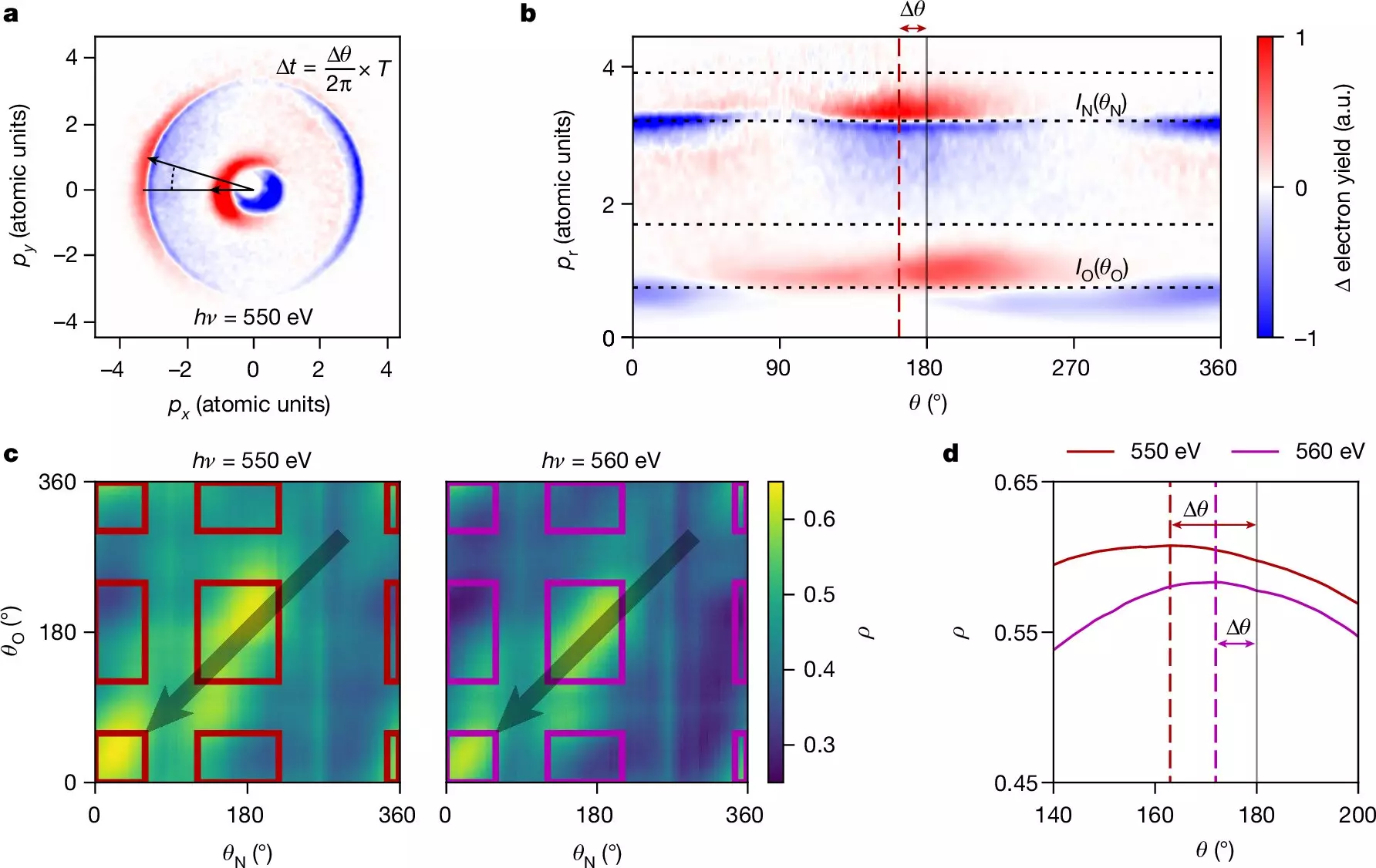In a groundbreaking study published in Nature by a team of scientists at the Department of Energy’s SLAC National Accelerator Laboratory, new information about the photoelectric effect was revealed. This phenomenon, initially described by Einstein over a century ago, has been a fundamental concept in quantum mechanics. The team’s method, using attosecond X-ray pulses from the Linac Coherent Light Source, sheds light on electron-electron interactions and provides a new tool for studying core-level electrons’ behavior.
The Significance of the Photoelectric Effect
When an atom or molecule absorbs a photon of light, it can emit an electron in a process known as the photoelectric effect. Einstein’s explanation of this effect laid the groundwork for quantum mechanics, but the instantaneous nature of the process has been a subject of debate. Recent advances in attosecond science have allowed scientists to measure the ultrafast time delays involved in photoionization, providing a deeper understanding of electron dynamics.
The Breakthrough in Measuring Delays
Lead author and SLAC scientist Taran Driver states, “Einstein won the Nobel Prize for describing the photoelectric effect, but a hundred years later, we’ve only just begun to truly understand the underlying dynamics.” By using attosecond X-ray pulses to ionize core-level electrons and a laser pulse to measure photoemission delays, the team discovered delays of up to 700 attoseconds. These delays were larger than predicted, challenging existing models and highlighting the role of electron interactions in the process.
The ability to measure these delays accurately has significant implications for various fields, including protein crystallography and medical imaging. Co-author James Cryan explains, “The ability to measure and interpret these delays helps scientists better analyze experimental results, particularly in fields like protein crystallography and medical imaging, where X-ray interactions with matter are crucial.” This new technique opens up avenues for understanding electron behavior and molecular structure that were previously unexplored.
The study marks the beginning of a series of experiments aimed at exploring electron dynamics in different molecular systems. Other research groups are already using this technique to study larger and more complex molecules, revealing new insights into electron behavior. Co-author Agostino Marinelli emphasizes, “The flexibility of LCLS allows us to probe a wide range of energies and molecular systems, making it a powerful tool for making these types of measurements.” As the field continues to evolve, new discoveries and advancements are on the horizon.
The study conducted by the team at SLAC National Accelerator Laboratory represents a significant step forward in understanding electron behavior and the photoelectric effect. By measuring photoemission delays and exploring electron-electron interactions, scientists have gained valuable insights that challenge existing theories and open up new avenues for research. The implications of this study extend to various fields, making it a groundbreaking contribution to the scientific community.



Leave a Reply